In today’s world, adopting innovative solutions is crucial for reducing overall consumption. The transition to led bulbs stands out as an impactful choice, offering longevity and lower wattage compared to traditional lighting. By making this switch, individuals can contribute significantly to their monthly savings.
Another integral aspect involves energy-efficient appliances. Investing in these devices not only enhances performance but also minimizes electricity usage, ultimately benefiting both the environment and your wallet. These modern inventions are designed to use less power while providing superior functionality.
Integrating smart thermostats into your living space provides a savvy approach to maintaining comfort while controlling temperature. These intelligent systems learn your habits and adjust accordingly, ensuring that energy is conserved without sacrificing coziness.
Considering alternative energy sources is essential, and solar panels represent a key innovation in this domain. Harnessing sunlight for electricity not only decreases reliance on conventional grids but also supports sustainable living practices.
Lastly, utilizing low-voltage wiring enhances both safety and efficiency, allowing electrical currents to flow with minimal loss. This method is particularly advantageous in areas where energy conservation is paramount, ensuring that every watt counts.
Choosing LED Lighting for Every Room
Implementing power-saving strategies begins with selecting the right type of lighting throughout your living space. LED bulbs are an excellent choice due to their remarkable energy efficiency and long lifespan, making them an ideal replacement for traditional incandescent and fluorescent options.
In the kitchen, opt for bright LED bulbs to illuminate work surfaces and cooking areas. Look for fixtures that allow you to adjust brightness; this flexibility helps create a comfortable atmosphere while saving electricity. In living rooms or family areas, consider warm white LED options that provide a cozy ambiance without excessive power consumption.
Bedrooms benefit from soft, dimmable LED lighting that promotes relaxation. Installing low-voltage wiring can enhance safety and efficiency, allowing for a seamless integration of lighting control systems that fit your needs. For outdoor spaces, bright LED floodlights can improve security while enhancing your garden’s beauty and reducing energy costs.
Additionally, think about incorporating energy-efficient appliances paired with LED lighting in your laundry and utility rooms. This combination maximizes savings and minimizes environmental impact. If you’ve invested in solar panels, utilizing smart LED fixtures ensures that you capitalize on renewable energy effectively, reducing overall energy expenditure.
Upgrading to Smart Thermostats and Home Automation
Integrating smart thermostats and home automation systems is a strategic move to enhance comfort while reducing energy consumption. These intelligent devices enable precise temperature control and can adapt to your daily routines, ensuring optimal heating and cooling with minimal waste.
Modern smart thermostats use low-voltage wiring to operate efficiently, allowing users to monitor and adjust settings remotely via mobile applications. This capability helps uncover power-saving strategies that further decrease energy bills.
In addition to managing climatic conditions, smart systems can coordinate with other energy-efficient appliances. This interconnected approach maximizes utilization of solar panels and integrates seamlessly with LED bulbs, promoting a sustainable living environment.
By automating functions such as lighting and HVAC operations, homeowners can not only enjoy a more convenient lifestyle but also contribute to a greener planet through thoughtful energy management.
Installing Energy-Efficient Appliances and Systems
Upgrading to energy-efficient appliances not only reduces utility bills but also contributes to a greener environment. Modern appliances are designed with advanced technology that enhances performance while consuming less power. These devices often utilize power-saving strategies to operate efficiently, even during peak usage times.
Incorporating low-voltage wiring into your home can further enhance energy conservation. This type of wiring is ideal for powering various systems such as lighting, security, and landscape features without excessive energy consumption.
Additionally, consider integrating solar panels into your residential setup. This renewable energy source can significantly lower your reliance on traditional power grids and can be an excellent investment over time. Combining solar energy with LED bulbs in your lighting design creates a compounding effect on overall energy reduction.
When selecting new systems or appliances, it’s essential to research their energy ratings and choose those that meet or exceed your expectations. For expert advice and installation services, visit https://brightelectricla.com to make informed choices that align with your energy conservation goals.
By considering these energy-efficient options, you not only improve your home’s functionality but also contribute to a sustainable future. Don’t hesitate to explore more resources and professional guidance at https://brightelectricla.com to ensure you are making the best decisions for effective energy management.
Q&A:
What are some common electrical upgrades that increase energy efficiency at home?
Common electrical upgrades that can help improve energy efficiency in homes include installing LED lighting, upgrading to energy-efficient appliances, and adding smart thermostats. Switching to LED bulbs can significantly reduce energy consumption compared to traditional incandescent bulbs. Energy-efficient appliances, often labeled with an Energy Star rating, consume less electricity. Smart thermostats allow for better control of heating and cooling systems, adjusting temperatures based on occupancy and preferences, which can lead to significant energy savings over time.
How do smart home devices contribute to energy savings?
Smart home devices can significantly contribute to energy savings by allowing homeowners to monitor and control their energy usage more effectively. For example, smart plugs can be used to turn off devices that are not in use, and smart lighting systems can adjust brightness based on natural light availability. Additionally, smart thermostats can learn user habits and optimize heating and cooling schedules to ensure energy is not wasted when the house is empty, which reduces overall consumption dramatically.
Is it worth investing in solar panels for residential energy efficiency?
Investing in solar panels can be a worthwhile endeavor for many homeowners seeking to improve energy efficiency. Solar panels can significantly reduce reliance on the grid and can potentially lead to substantial savings on electricity bills over time. Moreover, various government incentives and rebates may help offset the initial costs. However, the decision should be based on factors such as local energy costs, sunlight exposure, and overall budget, as these can influence the return on investment.
What is the role of insulation in enhancing home energy efficiency?
Insulation plays a crucial role in maintaining a comfortable home environment and enhancing energy efficiency. Proper insulation prevents heat loss in the winter and keeps homes cooler in the summer, reducing the need for heating and cooling systems to work overtime. This, in turn, leads to lower energy bills. Common areas to insulate include attics, walls, and basements. Ensuring that insulation is up to standard can dramatically improve a home’s energy conservation capabilities.
Are there any simple electrical upgrades that require minimal investment?
Yes, several simple electrical upgrades can enhance energy efficiency without requiring a large financial investment. Replacing incandescent bulbs with LED lights is a quick and inexpensive change that generates immediate savings. Additionally, sealing any drafts around windows and doors can improve heating and cooling efficiency, leading to reduced energy usage. Another low-cost option is to unplug devices when not in use or use power strips with timers to cut off power to electronics when they are idle.
What are the best electrical upgrades for improving energy efficiency at home?
Several electrical upgrades can significantly enhance energy efficiency in your home. First, consider replacing outdated lighting with LED bulbs, which consume much less energy and have a longer lifespan. Second, upgrading to a smart thermostat can optimize HVAC usage, adjusting temperatures based on your lifestyle and reducing unnecessary heating or cooling. Third, installing energy-efficient appliances, such as ENERGY STAR-rated devices, helps consume less electricity. Lastly, incorporating solar panels can provide renewable energy, lower electricity bills, and reduce reliance on non-renewable resources.

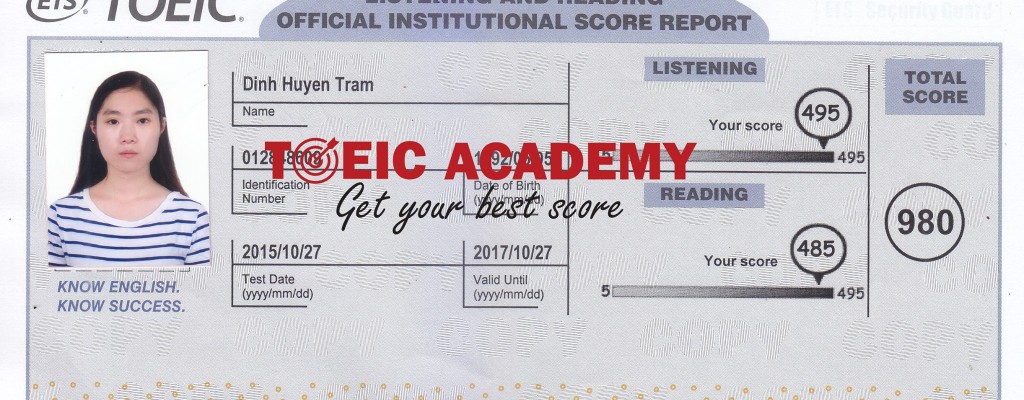
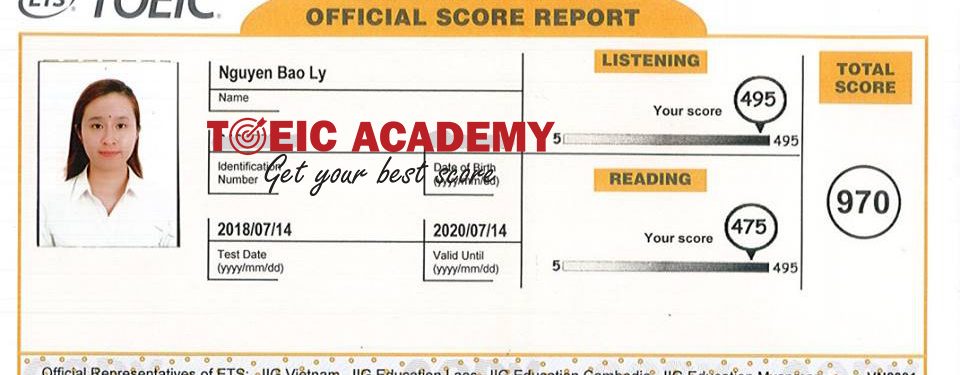
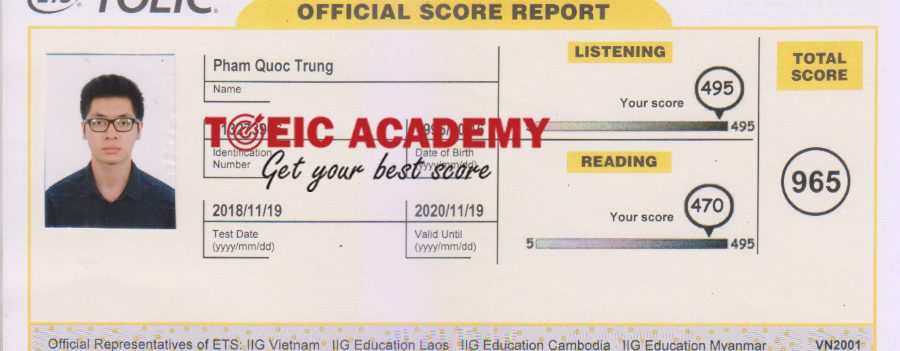
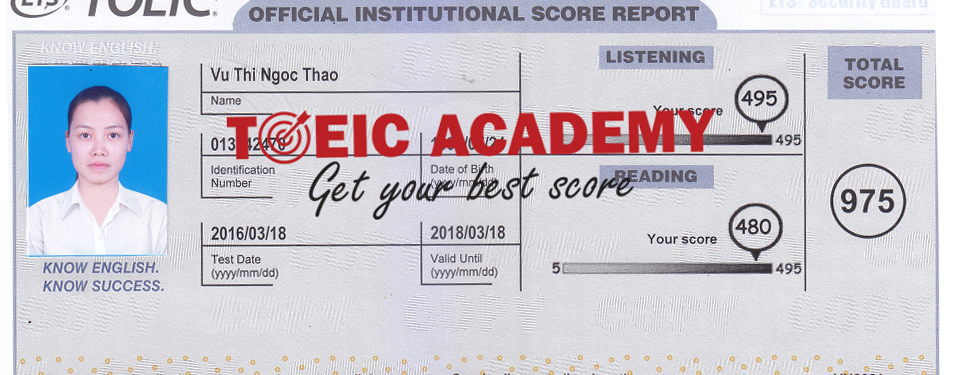
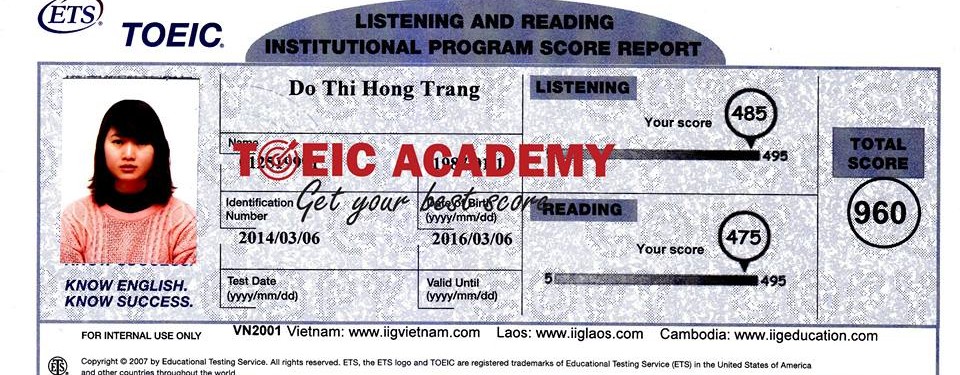
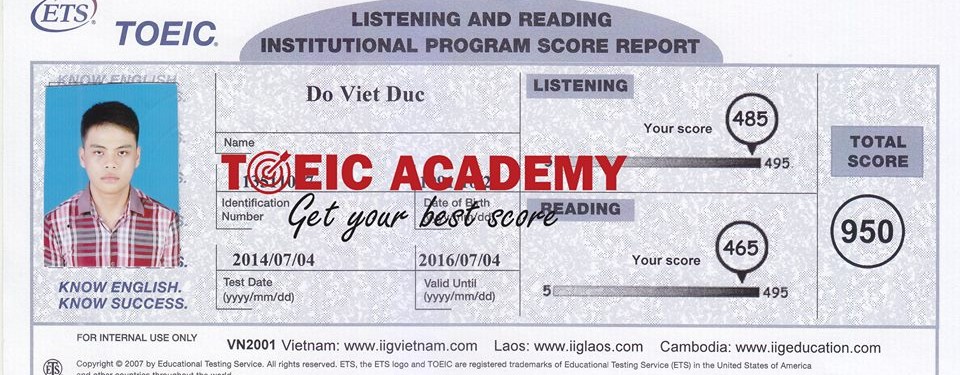
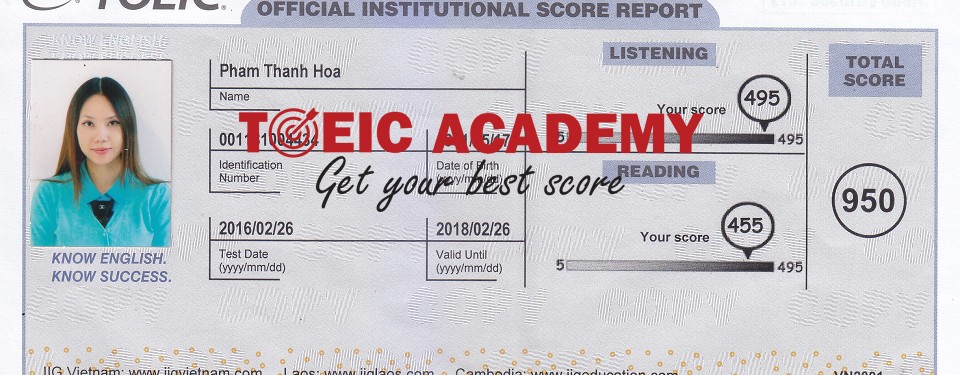
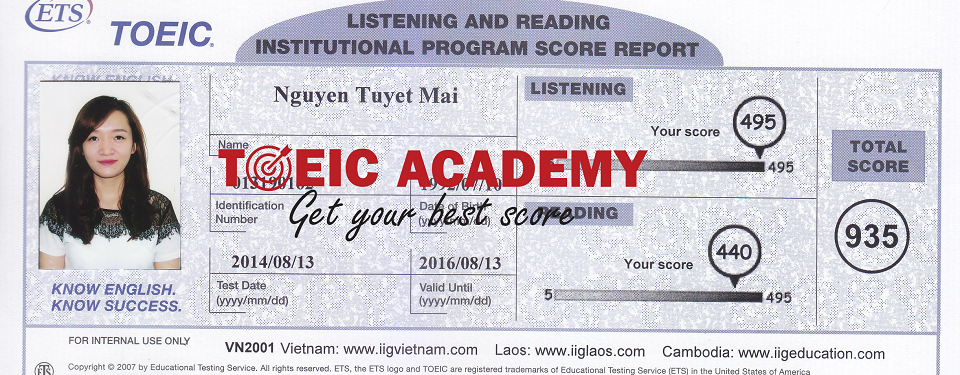
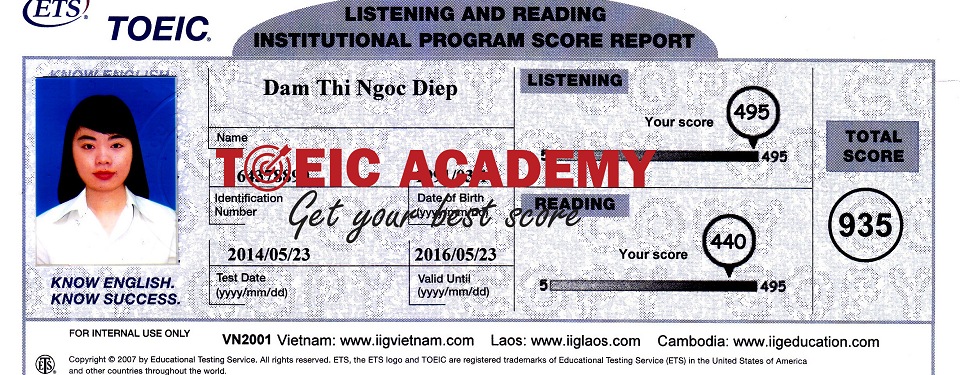
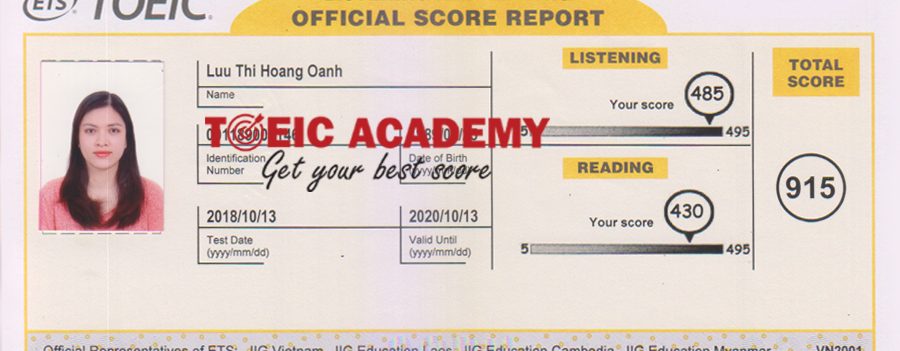























 Tháng Mười Hai 22nd, 2024
Tháng Mười Hai 22nd, 2024  Vui Nguyễn
Vui Nguyễn 



 Posted in
Posted in 




















Comments